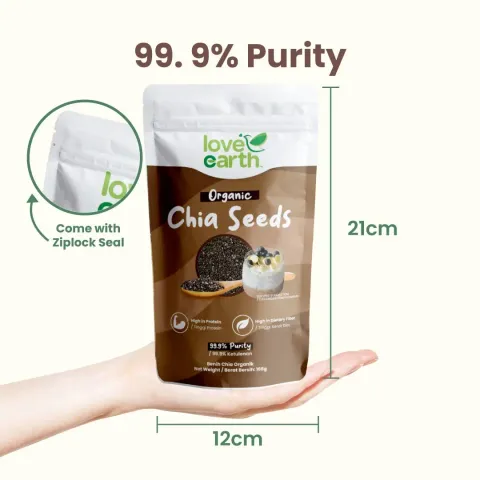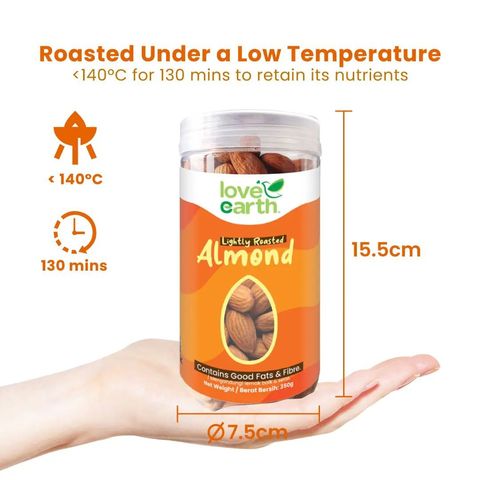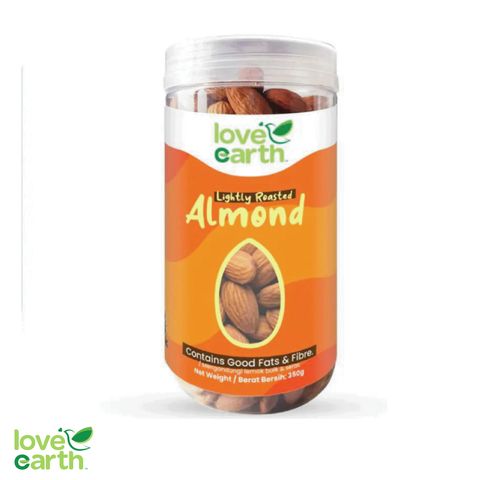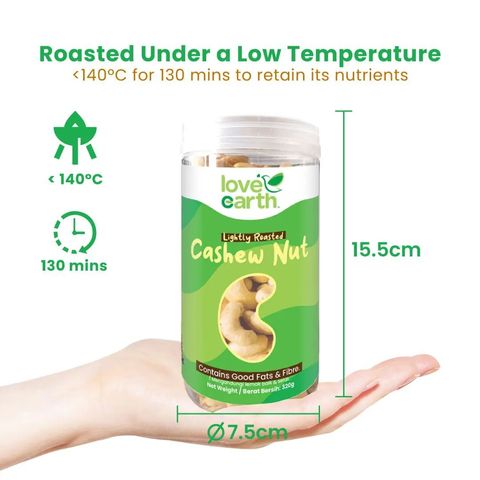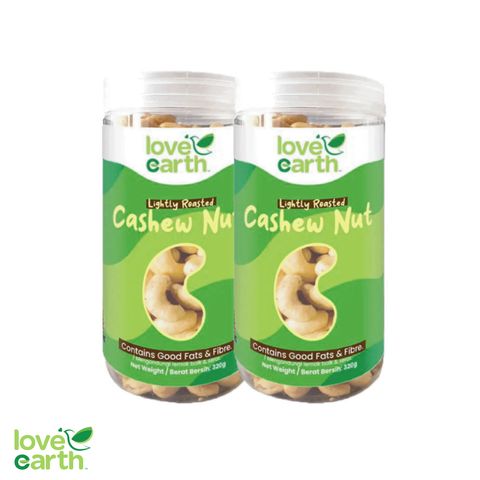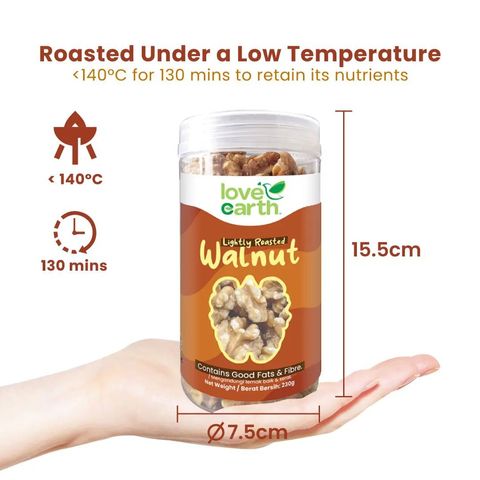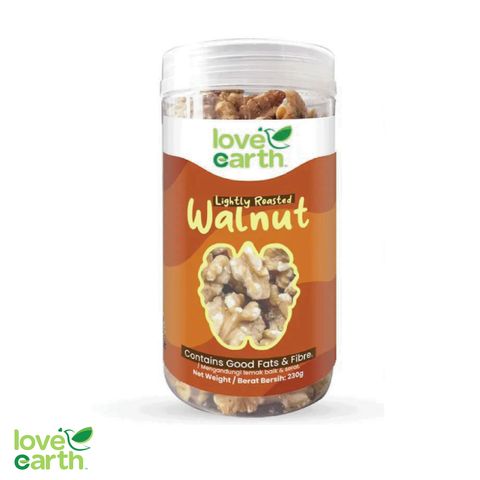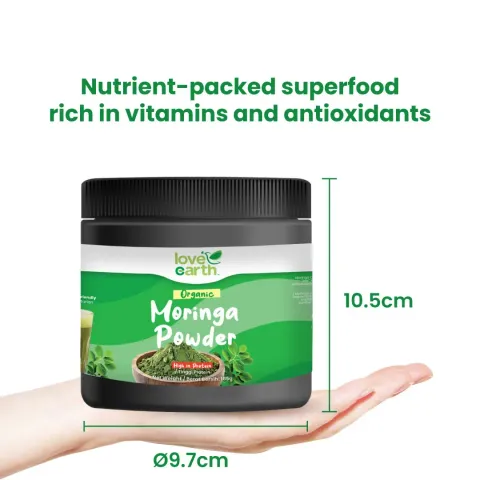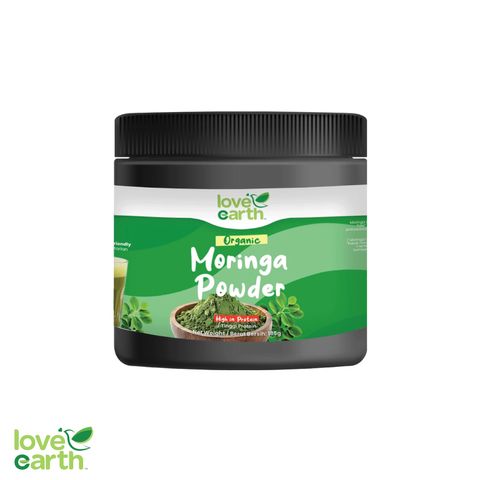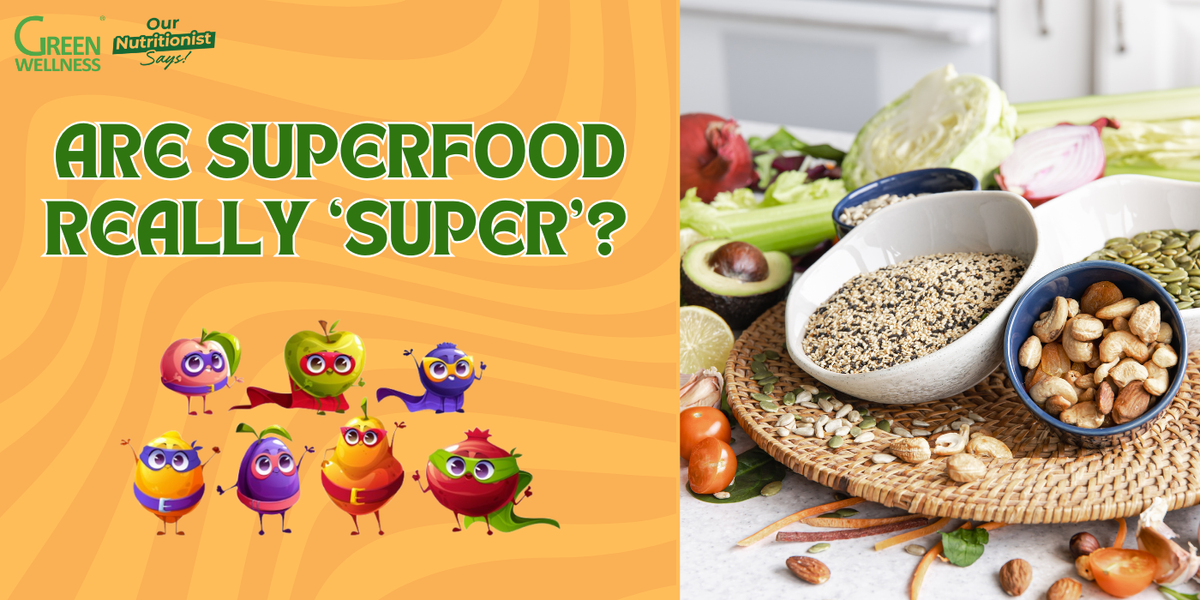
Imagine walking into any grocery store or scrolling through your Instagram feed, and you’ll likely come across the term ‘superfood’. From vibrantly colored fruits to leafy greens, these foods are often praised as nutritional powerhouses. But are they really ‘super’, or is it just a clever marketing label?
Let’s break it down.
What Are Superfoods?
Actually the term ‘superfood’ isn’t one you’ll find in medical textbooks or a nutrition science journal. In fact, it has NO official definition!
It’s a marketing term used to describe foods that are rich in nutrients believed to positively affect health. Many superfoods are praised not only for their vitamin and mineral content, but also because they are rich in phytonutrients.
Phytonutrients? What’s That?
Phytonutrients are natural compounds found in plants that contribute to their colour and flavour that may offer powerful health benefits, including disease-protecting properties. These compounds aren’t essential like vitamins, but they may offer powerful health benefits and that’s why foods containing them are often labelled ‘super!’
Common phytonutrients in superfoods include:
PHYTONUTRIENTS | HOW THEY BENEFITS? |
Flavonoids |
|
Carotenoids |
|
Allicin |
|
Curcuminoids |
|
Polyphenols |
|
Glucosinolates |
|
Myths & Facts
Superfoods sound amazing, but not everything you hear is true. Let’s clear up some common myths and share what really matters.
MYTH: One superfood can provide all the nutrients to promote health and protect us from chronic diseases. FACT: No single food can provide all the nutrients needed. A variety of nutritious foods is key to a long term health and disease prevention. |
MYTH: Enjoying superfoods can cancel out a poor lifestyle. FACT: While superfoods are nutritious, they can’t undo the effects of poor sleep, inactivity, chronic stress, or an unbalanced diet. True wellness comes from a combination of healthy habits. |
MYTH: The more superfoods I eat, the better! FACT: Moderate is always the best. Even overconsumption of healthy foods can lead to nutrient imbalances or digestive issues. |
MYTH: Superfoods work instantly. FACT: Nutritional benefits build up over time. No food provides immediate results. Consistency is the key. |
Common Superfoods in the Market
Superfoods offer some very important nutrients that can power-pack your meals and snacks, and further enhance a healthy eating pattern. Here are some foods that may be worthy of the esteemed ‘superfood’ title.
Berries
A nutritional powerhouse of vitamins, minerals, fiber and antioxidants. The strong antioxidant capacity is associated with reduced risk of heart disease, cancer and other inflammatory conditions.1 Example includes blueberries, raspberries, strawberries, wolfberries (goji berries).
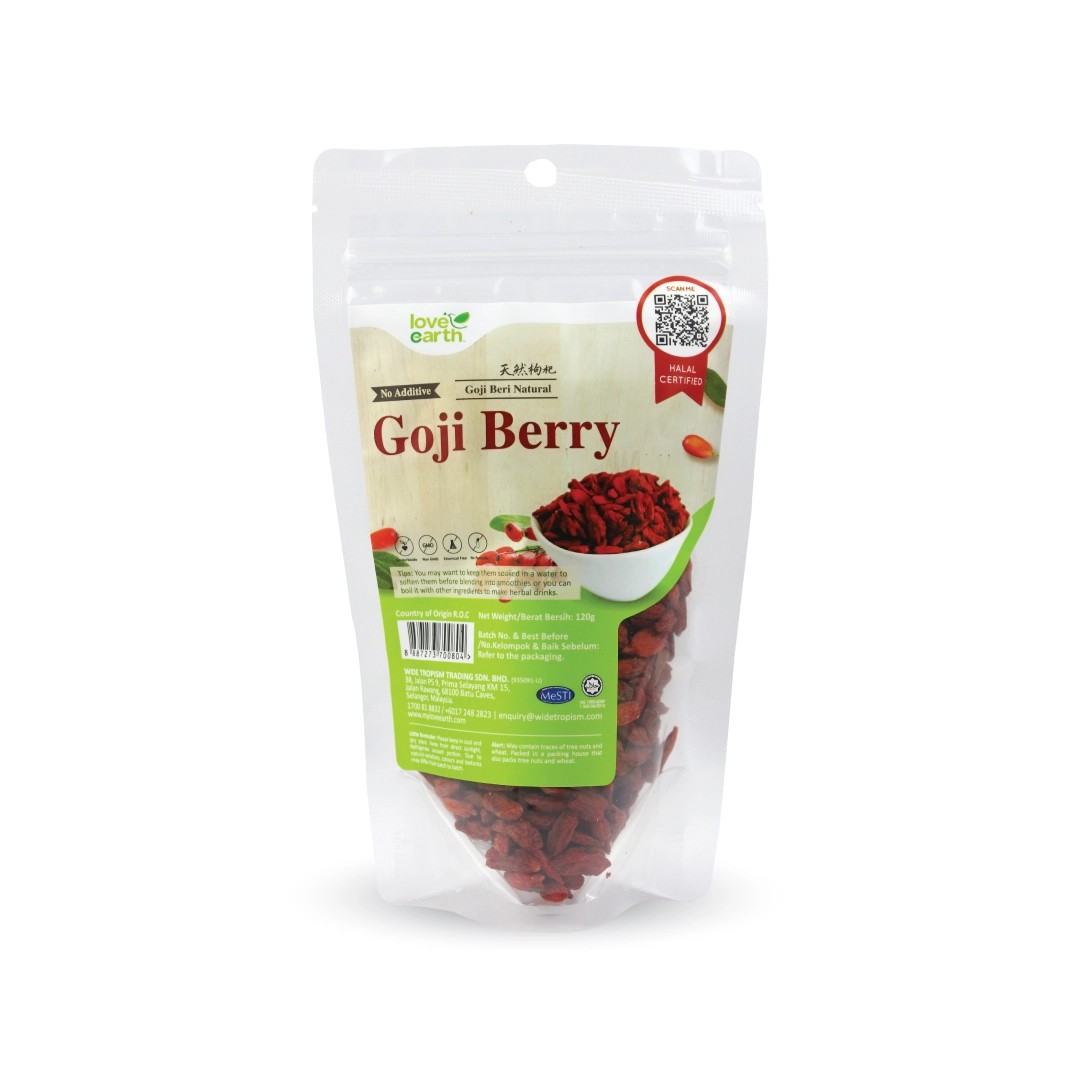
Green Tea
A soothing beverage loaded with antioxidants and polyphenolic compounds which have strong anti-inflammatory effects, including possible cancer prevention.2

Nuts & Seeds
Rich in fiber, plant-based protein and heart-healthy fats. They also pack various plant compounds with anti-inflammatory & antioxidant properties, which can protect against oxidative stress.3 Common ones include almonds, pistachios, walnuts, cashews, chia seeds, pumpkin seeds and flaxseeds.
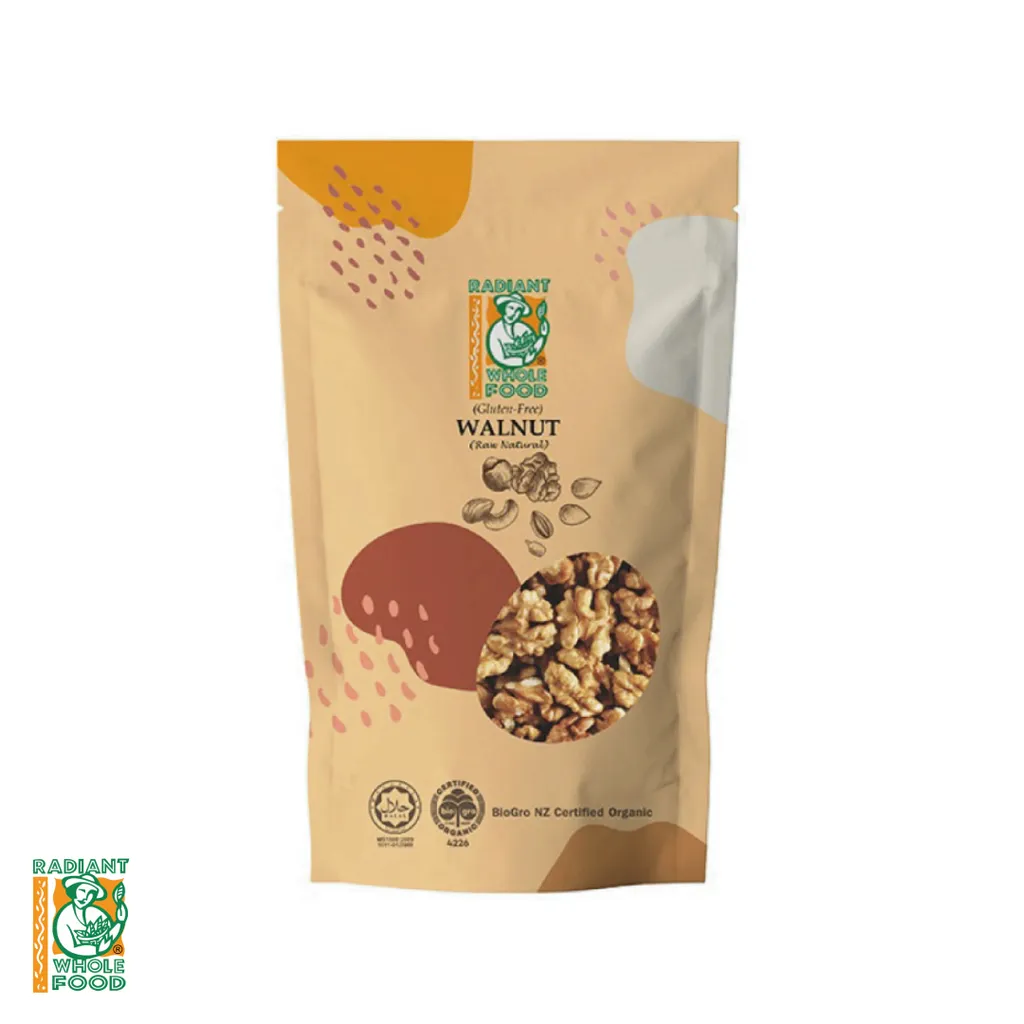 | 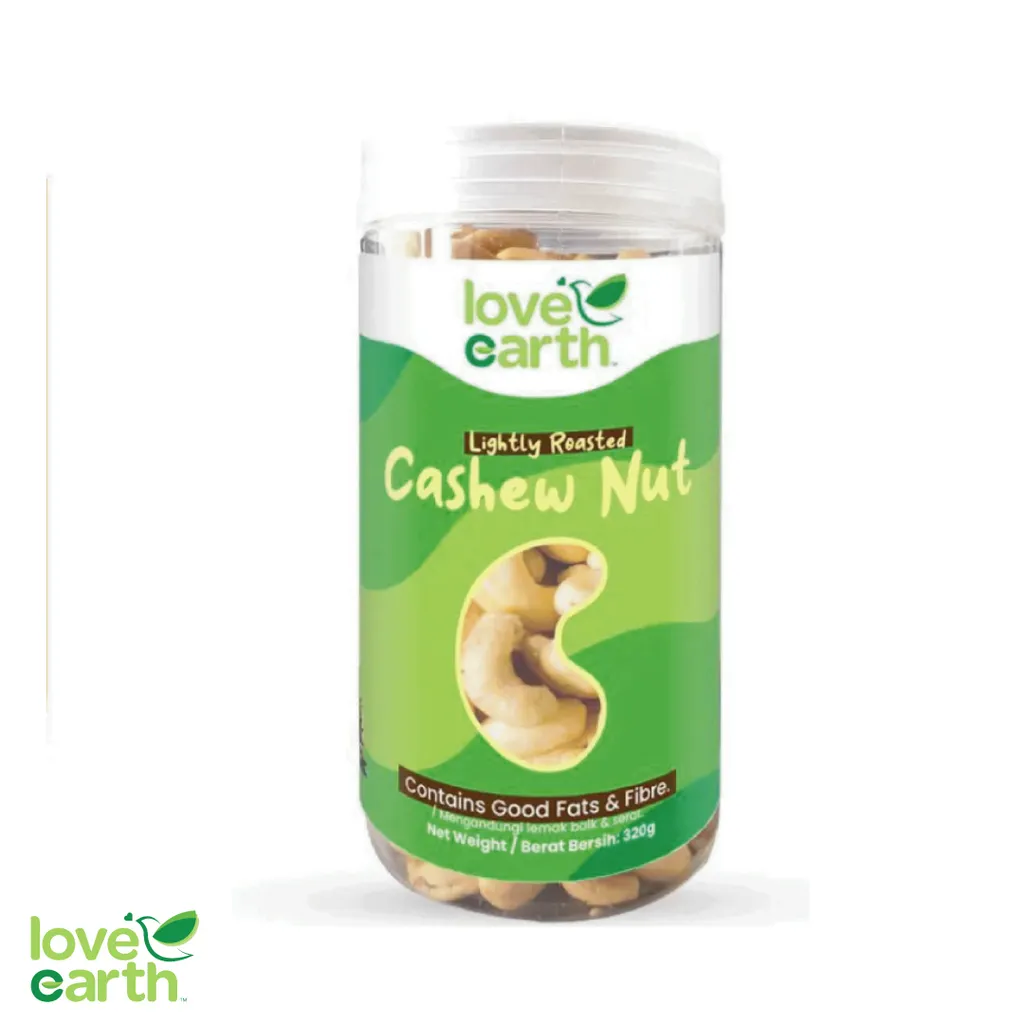 |
Sauerkraut & yogurt
Both are fermented foods that support gut health thanks to their live probiotics. Yogurt (especially plain) also offers calcium and protein, while sauerkraut provides fiber, vitamin C and beneficial plant compounds.4
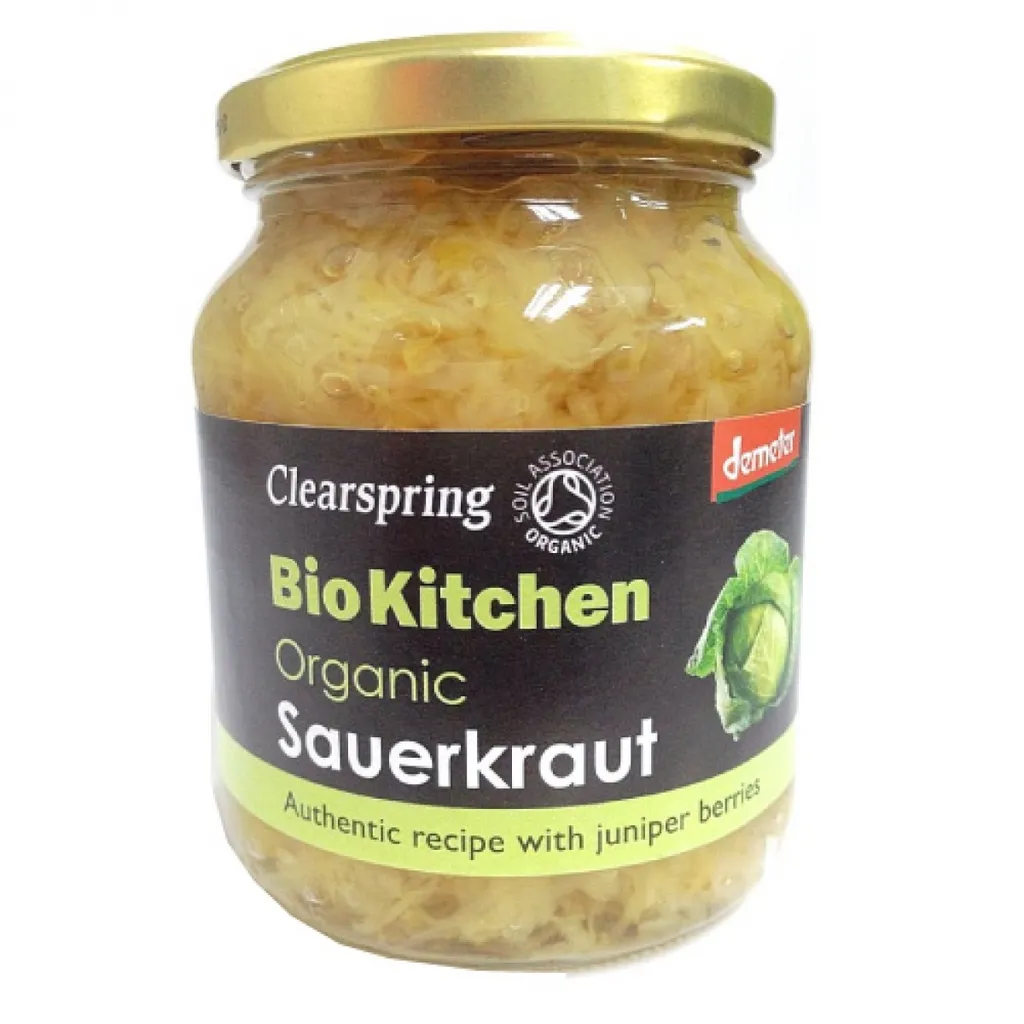
Seaweed
Versatile, low-calorie superfood that delivers big on micronutrients (iodine, calcium, magnesium) & phytonutrients, especially when consumed in moderation.5 Seaweed, such as nori, wakame and kelp offers a wide range of nutrients in small servings.
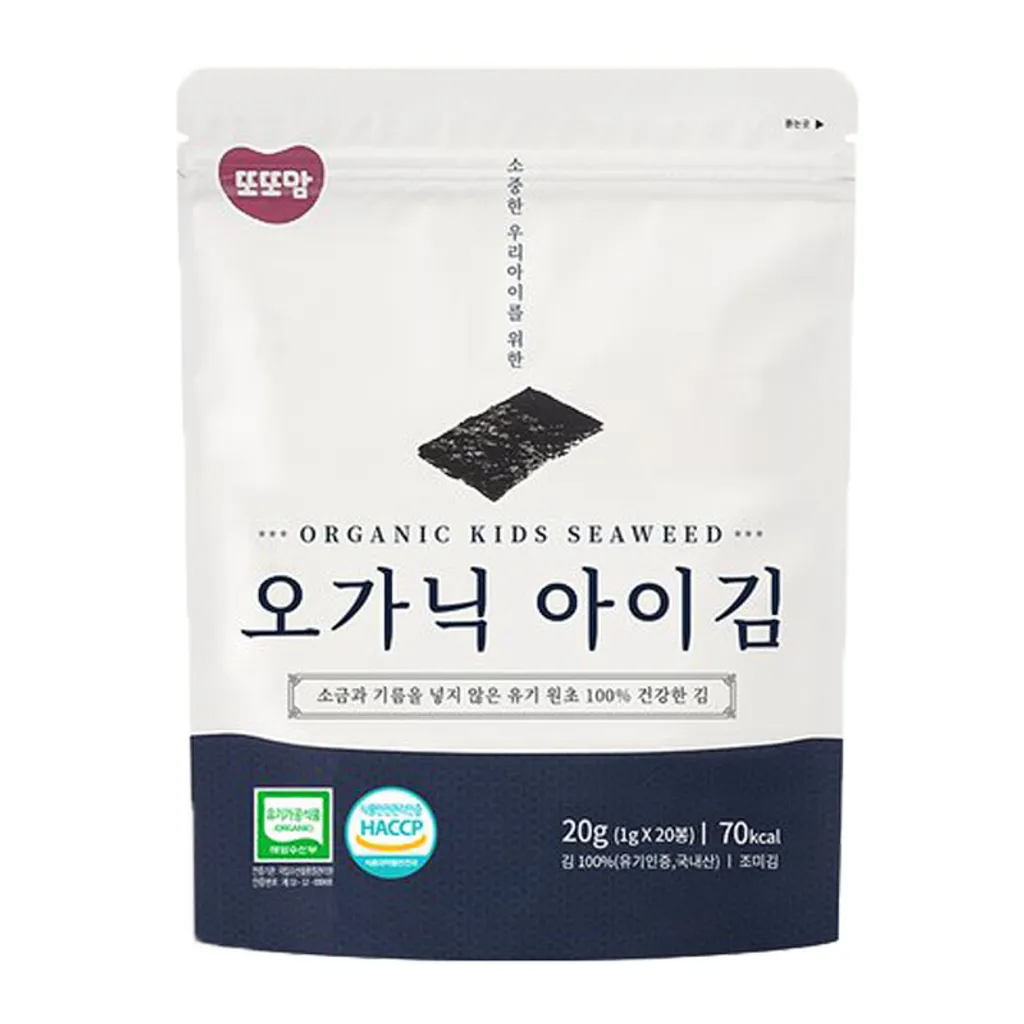
Your Kitchen Might Be Hiding Superfoods!
Not all superfoods come in fancy packaging or from faraway lands. Some of the most powerful ones might already be sitting in your spice rack or fridge:
Garlic: Known for its heart protective effects. It contains allicin, a compound with antibacterial, antiviral and anti-inflammatory properties.6
Turmeric: This golden spice contains curcumin, a powerful anti-inflammatory and antioxidant compound.6
Ginger: Used for centuries to relieve nausea and aid digestion, ginger is also rich in antioxidants and has natural anti-inflammatory effects.6
Take Away Message
Instead of putting all your hope in a single superfood, focus on building a ‘super plate’, which means one that’s colorful, balanced and full of variety (including superfoods) together with an active lifestyle. That’s where the real health magic happens!
References
Pap, N., Fidelis, M., Azevedo, L., Vieira do Carmo, M. A., Wang, D., Mocan, A., Pereira, E. P. R., Xavier-Santos, D., Sant’Ana, A. S., Yang, B., & Granato, D. (2021). Berry polyphenols and human health: Evidence of antioxidant, anti-inflammatory, microbiota modulation, and cell-protecting effects. Current Opinion in Food Science, 42, 167–186. https://doi.org/10.1016/j.cofs.2021.06.003
Radeva-Ilieva, M., Stoeva, S., Hvarchanova, N., & Georgiev, K. D. (2025). Green tea: Current knowledge and issues. Foods, 14(5), 745. https://doi.org/10.3390/foods14050745
Nguyen, T. H. D., Vu, D. C., Alvarez, S., Nguyen, K. D., Nguyen, T. L. T., Tuan, N. N., Minh-Nguyet, N. T., Tam, L. N., Ho, T. L., & Vo, X. T. (2022). Comparative Examination of Phytonutrients and Antioxidant Activity of Commonly Consumed Nuts and Seeds Grown in Vietnam. Horticulturae, 8(6), 521. https://doi.org/10.3390/horticulturae8060521
Leeuwendaal, N. K., Stanton, C., O'Toole, P. W., & Beresford, T. P. (2022). Fermented Foods, Health and the Gut Microbiome. Nutrients, 14(7), 1527. https://doi.org/10.3390/nu14071527
Kumar, Y., Tarafdar, A., & Badgujar, P. C. (2021). Seaweed as a source of natural antioxidants: Therapeutic activity and food applications. Journal of Food Quality, 2021, Article 5753391. https://doi.org/10.1155/2021/5753391
Ajanaku, C. O., Ademosun, O. T., Atohengbe, P. O., Ajayi, S. O., Obafemi, Y. D., Owolabi, O. A., Akinduti, P. A., & Ajanaku, K. O. (2022). Functional bioactive compounds in ginger, turmeric, and garlic. Frontiers in nutrition, 9, 1012023. https://doi.org/10.3389/fnut.2022.1012023




